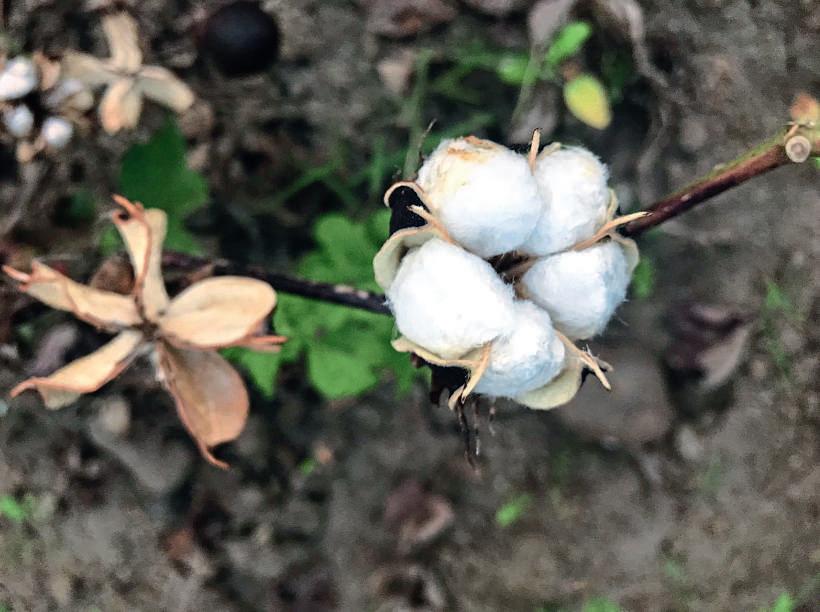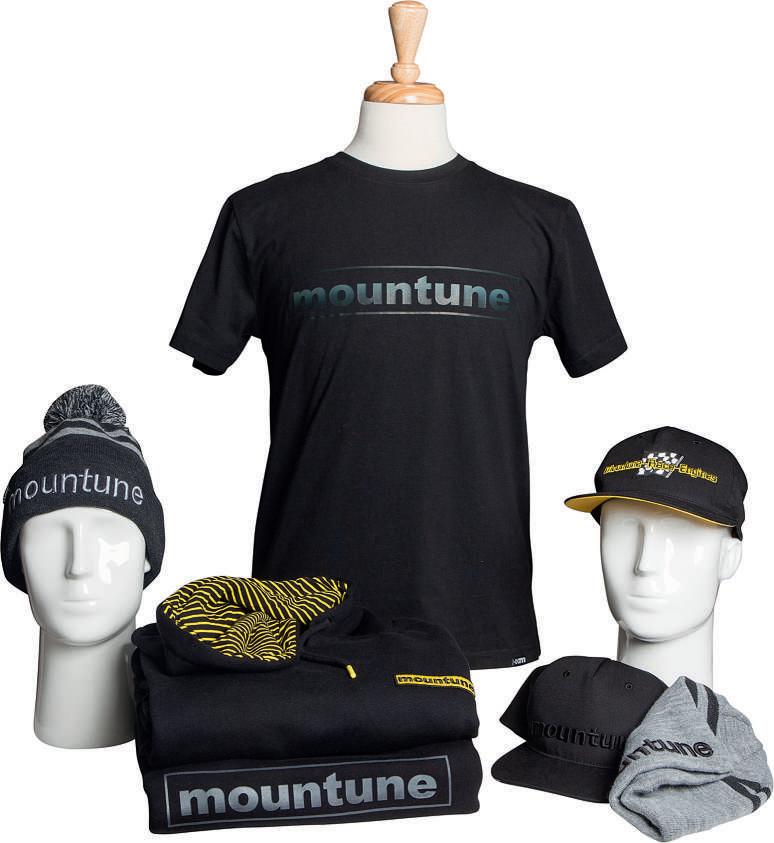Textiles
UNRAVELLING
the thread Organic cotton is seen as a ‘good thing’ by environmentally conscious consumers and brands, but is that the full story. Richard King thinks not
F
ollowing the article on ‘organic cotton’ in the last issue of Product Media (‘It need not cost the earth’, p9), I think that we need to dig deeper in our research when buying any product. This will create a greater understanding of the impact a purchase is having on the planet. As we have all seen in the media there are certain countries where ethical and environmental practices are less than satisfactory, but this cannot be said for all cotton producing countries. The real issue comes down to the ability to trace cotton back to the original source and here there is a problem. Most fabric producers can trace cotton back to the spinning mill or perhaps to the ginnery, but an individual ginnery in countries like India and China may be supplied by thousands of small family farmers who may or may not be accredited for GOTS (Global Organic Textile Standards), and may or may not be using harmful fertilisers. So, can we really trust that all the cotton is organic? Ethical standards are a wholly different question.
DON'T BELIEVE THE HYPE
Marketing speak would have us believe that organic cotton is better than conventional, particularly where water consumption is concerned. However, a recent Cotton Inc report quoted USA Department of Agriculture statistics that while production of an organic cotton T-shirt required 660 gallons of water, a conventional cotton t-shirt needed just 290 gallons. So, can we really trust everything we are told? It is generally overlooked that all cotton farmers are always looking to increase the harvest yields, they are also all mindful of long-term soil quality. Those in developed nations are bound by rules that prevent the use of many chemicals.
www.productmediamagazine.co.uk
The REACH rules, for example, ensure that the likes of formaldehyde are not used in the production of textiles, and these rules are adhered to in developed nations. The best way to start your product development is to buy direct from the farm. At the Cotton Textile Company, we now source direct from farms in Australia and will shortly be buying direct from farms in the US. This allows us a completely traceable supply chain and the ability to confirm where the raw cotton was grown even years after the finished product has been supplied. As always, the downside of this level of control is price. Because corporations place profits and shareholder happiness above the environment they will always take the ‘cheaper’ option. There is an increasing demand for ‘organic’ cotton, but to get beyond the media noise about conventional cotton’s supposedly negative effect
on the planet, we need to dig deeper to find textiles that are responsibly sourced and reduce our footprint. Independent analyst and consultant, Veronica Bates Kassatly, points out that for millennia we have used cotton, silk, linen, and wool without any apparent harm to life and nature. While any industry needs regulating, if we are to clean up the planet, we need to focus first on reducing reliance on the most polluting fabrics and industries.
MAN MADE PROBLEMS
Since the Seventies, Bates Kassatly says the greatest growth in textile fabric has been polyester. Microfibers from polyester and her poly cousins have been reported in Antarctic Ice, the Mariana trench, the deepest Mediterranean, and in some of the most isolated areas of the US wilderness, transported by wind and rain. Most of these particles are from clothing. Our focus should perhaps look more closely at the greater impact of all clothes and textile accessories. Whatever the fibre used, you need to talk to the producer and get the information direct from them. If they cannot provide what you need to know, then your ‘organic’ T-shirt may be costing the earth after all. Richard King is managing director of The Cotton Textile Company
MAY/JUNE 2021 |
product media
| 13






